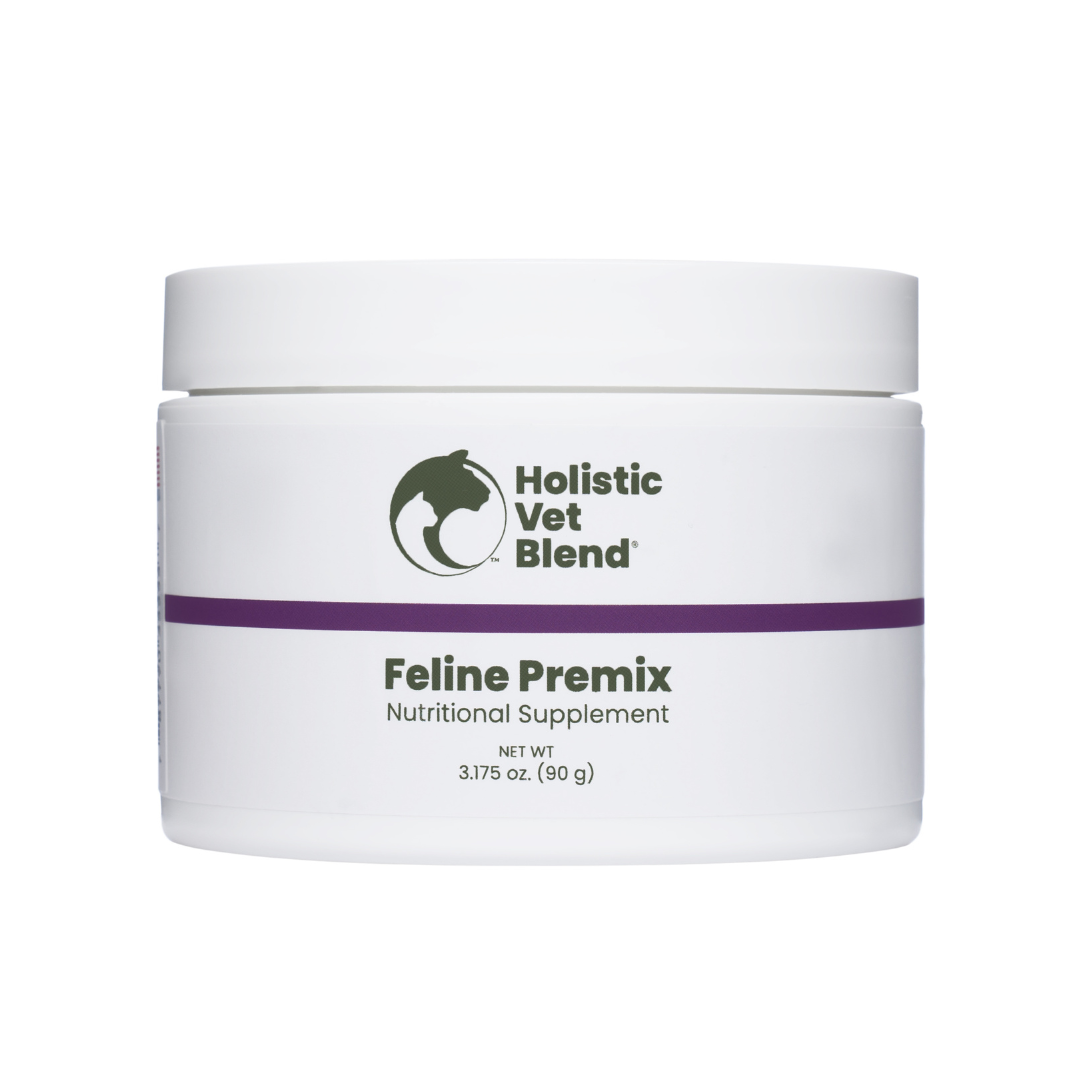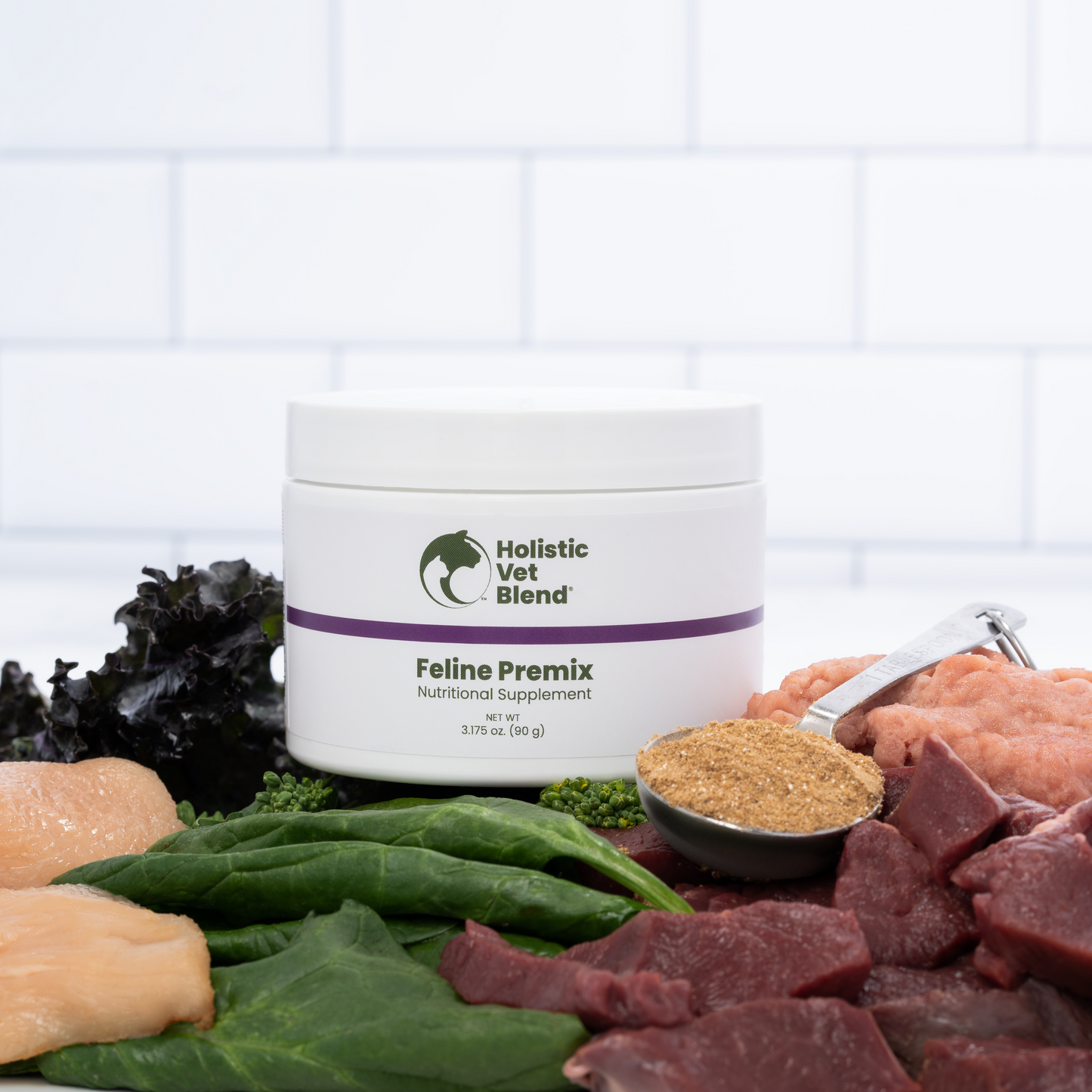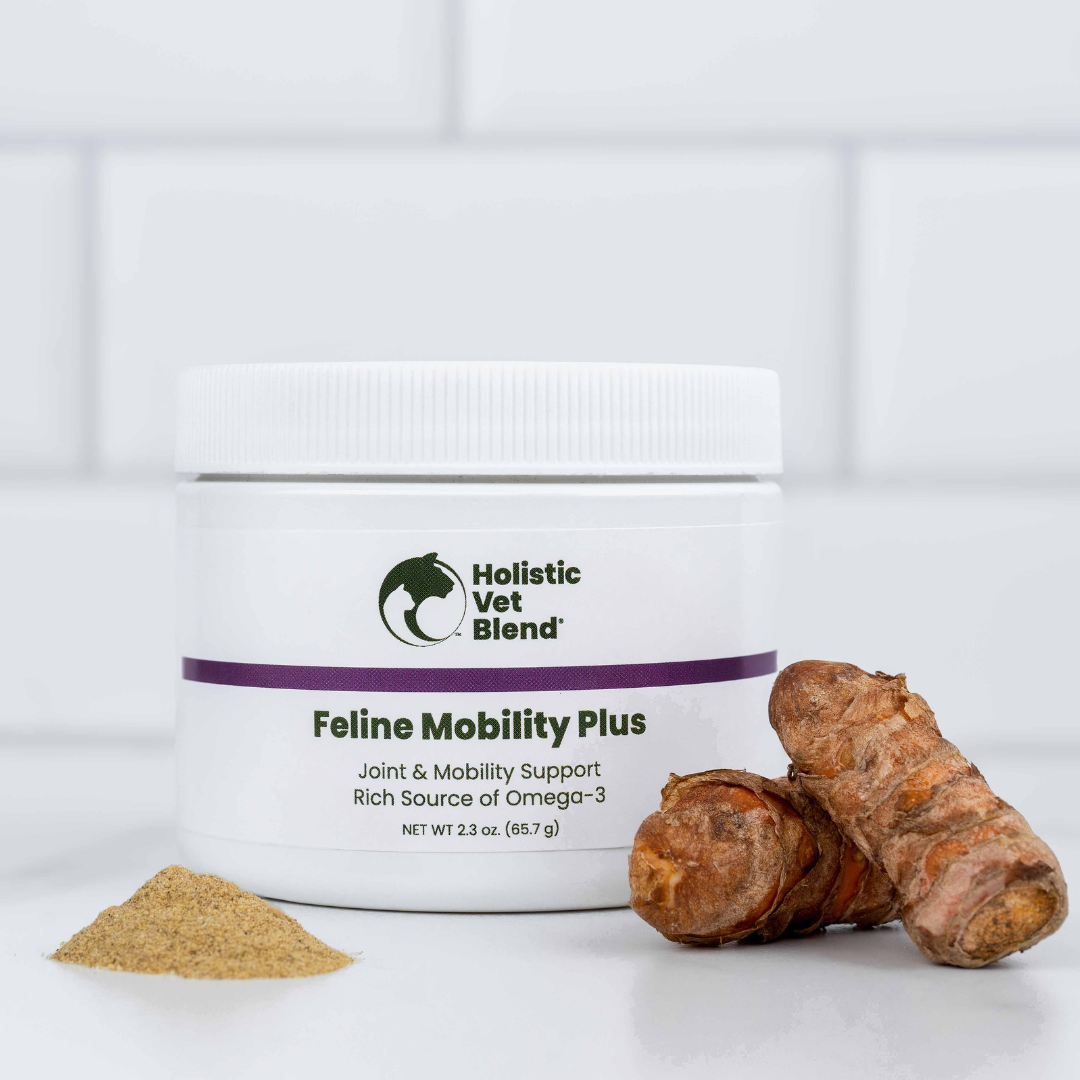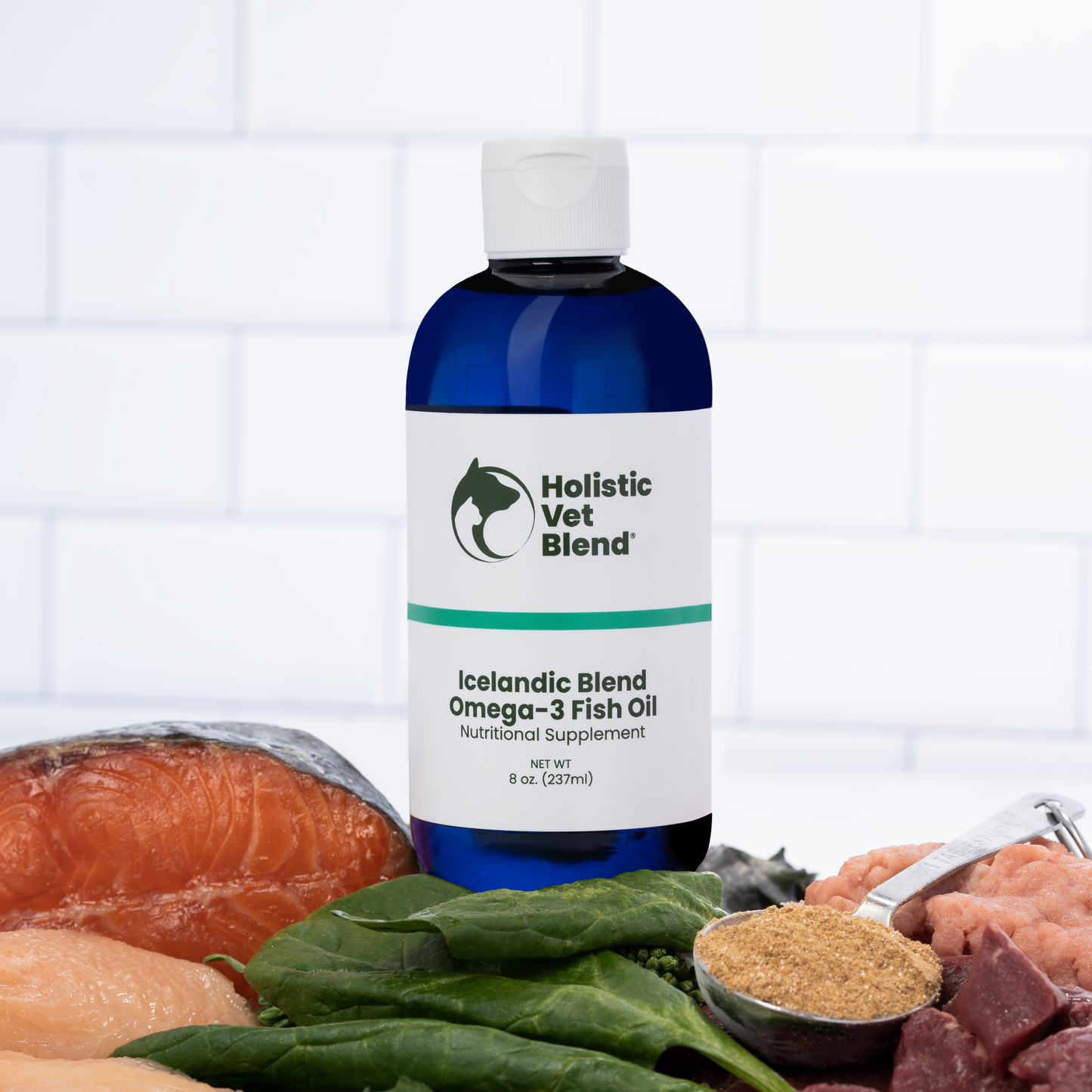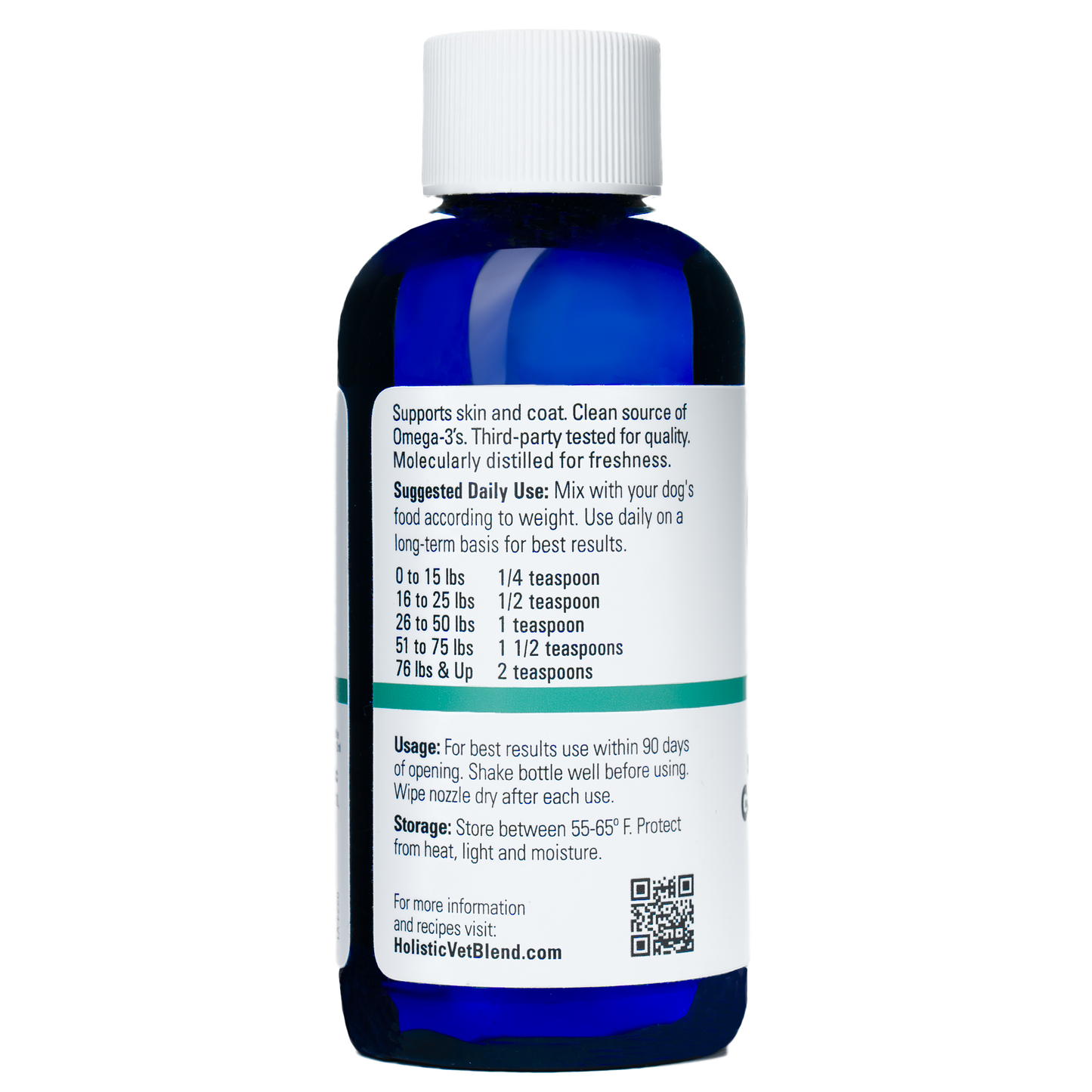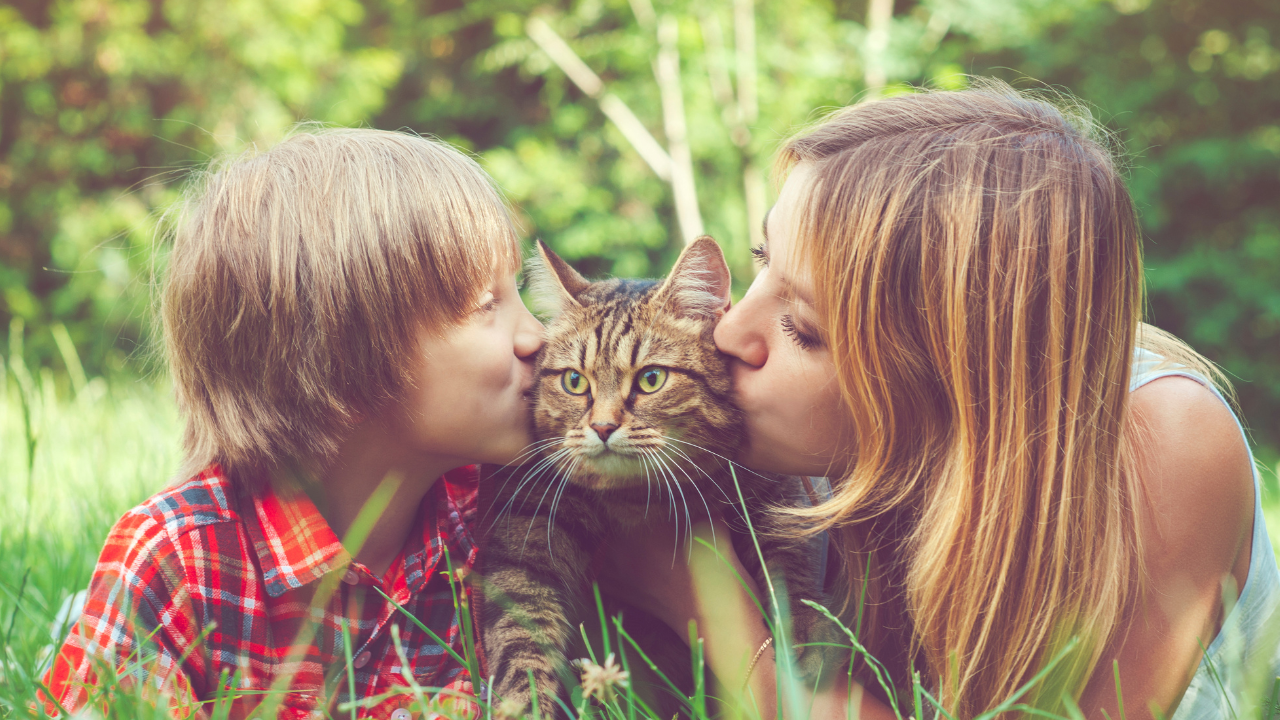
June is Adopt a Shelter Cat Month, a perfect time to open your heart and home to a furry friend in need. Bringing a new cat or kitten into your household is an exciting and rewarding experience, but it also comes with responsibilities. To ensure your new companion thrives, it’s essential to focus on several key areas: nutrition, litterbox management, enrichment, veterinary care, and pet insurance. Here’s a comprehensive guide to help you provide the best care for your new cat.
Key Highlights
- Nutrition is the cornerstone of health for your cat, especially since they are obligate carnivores and must have a high protein/low carbohydrate diet
- Proper litterbox management is important to prevent behavioral issues such as house soiling
- Key supplies for your cat include cat food, water bowls, cat carrier for safe transport, and scratching posts.
- Consider enrichment opportunities to prevent behavioral issues and ensure your indoor cat's well-being.
- Establishing a routine for veterinary care is crucial for keeping your cat healthy and preventing any potential health issues.
Introduction
Bringing a feline friend into your home can be an exciting and rewarding experience. Cats make wonderful companions, providing love, comfort, and entertainment. It's important to understand what is needed for cats to thrive.
In this blog, we will discuss key highlights of cat care, including preparing your home, understanding your cat's nutritional needs, managing the litter box, providing enrichment, and establishing a routine for veterinary care. By following these tips, you can ensure that your new feline friend has a happy and healthy life.
Nutrition: The Cornerstone of Health
Good nutrition is the cornerstone of your cat's health. Cats are obligate carnivores, meaning they must satisfy their nutritional requirements with animal proteins. When selecting food for your cat, look for high-quality protein. Avoid foods with excessive fillers, artificial additives, and by-products.
Consider incorporating a holistic approach to your cat’s diet:
- Balanced Diet: Ensure a balance of proteins, fats, and carbohydrates, along with essential vitamins and minerals.
- Hydration: Wet food is important for hydration, as many cats don’t drink enough water on their own.
- Cats generally like to eat at separate feeding stations. Bowls should be low and wide so as cats prefer that their whiskers do not contact the sides of the bowl.
- Natural Supplements: Supplements like omega-3 fatty acids can support skin and coat health, while probiotics can promote a healthy digestive system.
The Importance of Animal Proteins
Animal proteins are essential for a cat's diet as they provide the necessary amino acids for their overall health. Cats are obligate carnivores, meaning they require a diet that is rich in animal-based proteins. If there is one piece of advice I could give a new kitten owner is do not let a kibble cross their lips. Virtually all feline health issues are influenced by diet. Kibble by nature is higher in carbohydrates and can lead to crystals, urinary tract inflammation, dehydration and urinary tract blockages, especially in males.
Feeding a species appropriate diet that includes animal proteins can help prevent nutritional deficiencies and promote optimal growth and development. Animal proteins also provide essential nutrients such as taurine, which is crucial for heart and eye health in cats.
A diet lacking in animal proteins can lead to health issues. For this reason, cats should not be fed a Vegan diet. They may survive and look outwardly healthy, but they will not thrive on one.
Food and Water Bowls
Choosing the right food and water bowls is important for comfort and hygiene. Opt for bowls that are made of safe and durable materials, such as stainless steel or glass. Avoid using plastic bowls, as they can harbor bacteria and may cause allergic reactions in some cats.
Provide separate bowls for food and water to prevent contamination. Ensure that the bowls are cleaned regularly to maintain cleanliness and freshness. Wash the bowls with mild detergent and rinse thoroughly to remove any residue.
Place the bowls in a quiet and easily accessible location. Cats prefer their food and water to be separate from their litter box. Regularly monitor the water level and refill the bowls with fresh, clean water to ensure proper hydration.
Litterbox Management

A clean and well-maintained litterbox is crucial for your cat’s comfort and health. Here are some tips for effective litterbox management:
- Type of Litter: Choose unscented, clumping litter. Scented litter can cause respiratory irritation and cats can be sensitive to the scent.
- Litterbox Placement: Place the litterbox in a quiet, accessible location where your cat can use it without feeling threatened or disturbed, preferably an uncovered box.
- Cleanliness: Scoop the litterbox at least once daily and change the litter completely every 1-2 weeks.
Number of Litterboxes: Provide one litterbox per cat, plus one extra. This helps reduce competition and ensures that each has access to a clean box.
Placement and Number of Litter Boxes
The placement and number of litter boxes are important considerations for cat owners, especially for those with multiple cats or indoor cats. Cats prefer to have their litter boxes in quiet and private areas of the home.
If you have multiple cats, it's recommended to have one litter box per cat, plus an extra box. This allows each cat to have their own designated space and reduces the likelihood of litterbox conflicts. Place the litter boxes in different areas of the home to provide easy access for all cats.
For indoor cats, it's important to have at least one litter box on each level of your home. This ensures that your cat always has access to a litter box, even if they're on a different floor. Regularly clean the litter boxes to maintain cleanliness and prevent any potential litterbox problems.
Types of Litter
Choosing the right litter and implementing proper maintenance important to prevent house soiling. There are various types of litter available, such as clumping litter, non-clumping litter, and biodegradable litter.
Clumping litter is popular for its ease of use and ability to form solid clumps when wet, making it easier to scoop and clean. Non-clumping litter is often made from natural materials and requires more frequent changing.
Choose unscented litter as the scents can cause respiratory irritation and aversion to using the box. Scented litter might appeal to us, but it does not appeal to our cats.
Scoop solid waste out of the litterbox daily and dispose of it appropriately. Depending on the type of litter you're using and the number of cats you have, replace the litter regularly. Keep the litterbox area clean and free of any odor to ensure your cat's comfort and encourage regular use.
Providing Enrichment
Providing enrichment is essential for mental and physical well-being. Cats have natural instincts to hunt, scratch, play, and explore.
Invest in a sturdy scratching post that allows your cat to stretch and exercise their claws. Placement of the scratching post should be near where they nap as they usually like to get up and have a good stretch/scratch when they wake up. You can have multiple and place them also near furniture as an alternative to scratching the furniture. Interactive toys, such as puzzle feeders and wand toys, can provide mental stimulation and encourage your cat's natural hunting instincts.
Additionally, providing a feline friend, can also offer enrichment through social interaction and play. Make sure to supervise initial interactions and make sure introductions are gradual.
Consider getting them accustomed to a harness early on as you can take them outside to watch the birds.
Benefits of Cat Trees and Scratching Posts
Cat scratchers and trees provide numerous benefits for your cat's physical and mental well-being. Here are some key advantages:
- Scratching posts and trees allow cats to engage in natural behavior, helping them stretch and exercise their claws.
- These structures provide an outlet for your cat's energy, reducing the likelihood of destructive scratching on furniture.
- Climbing and perching on climbing trees can fulfill your cat's need for vertical space, making them feel more secure and confident.
- Some scratchers and trees come with built-in toys or hiding spots, providing additional entertainment and enrichment for your cat.
- Consider attaching a bird feeder to your window so they watch the activity going on outside.

Interactive Toys
Try to interact with your cat at least 5 minutes two to four times daily.
- Interactive toys, such as puzzle feeders or treat-dispensing toys, engage your cat's problem-solving skills and provide entertainment.
- Window seats or perches allow your cat to observe the outside world and satisfy their natural curiosity.
- These options are especially beneficial for indoor cats, as they offer mental and physical stimulation in the absence of outdoor exploration.
- Playing with interactive toys and lounging on window seats can also help prevent boredom and reduce the risk of behavioral issues.
Establishing a Routine for Vet Care
Regular veterinary care is crucial for maintaining your cat's health and preventing potential health issues. Establishing a routine for veterinary care involves the following:
- Schedule regular check-ups with your veterinarian to ensure your cat's overall well-being.
- Weigh the risks and benefits of vaccinations for infectious diseases with your veterinarian.
- Discuss preventive measures for parasites, such as fleas, ticks, and worms, with your veterinarian.
- Seek immediate veterinary attention sooner than later with your cat as they will often mask illness until they are very sick.
Finding a Cat-Friendly Veterinarian
Finding a cat-friendly veterinarian is essential for providing the best care for your feline friend. Look for a veterinarian who has a special interest in feline medicine. You can ask for recommendations from friends, family, or local cat owners. A cat-friendly veterinarian will have a calm and inviting environment for cats, with separate waiting areas for dogs to reduce stress. They will also use gentle handling techniques and have experience with cat-specific health issues.
Consider Pet Insurance
Pet insurance is an important consideration. It provides financial protection in case of unexpected accidents, illnesses, or injuries. When choosing pet insurance, consider factors such as coverage options, deductibles, and premium costs. It is important to understand the policy terms and conditions, including any exclusions or limitations. Pet insurance can help alleviate the financial burden of veterinary expenses and ensure that your cat receives the necessary medical care.
If you choose not to get insurance, consider setting aside funds monthly for potential emergencies and unexpected costs.
Estimating Annual Veterinary Costs
Estimating the annual veterinary costs for your cat is an important part of cat ownership. The costs can vary depending on factors such as the cat's age, breed, and overall health. In addition to routine preventive care such as vaccinations and health checks, unexpected medical issues can arise. It is advisable to have pet insurance to help cover the costs of veterinary care. Below is a breakdown of the estimated annual veterinary costs for a cat:
|
Veterinary Expenses |
Estimated Cost |
|
Routine Vaccinations and Health Checks |
$150-300 |
|
Preventive Medications (flea, tick, and worm treatments) |
$100-200 |
|
Neutering/Spaying |
$100-$1,000, varies greatly |
|
Dental Care |
$200-1,000, varies greatly |
|
Unexpected Illnesses or Injuries |
Variable - Can range from a few hundred dollars to thousands |
These figures are approximate and may vary depending on your location and specific circumstances. It is important to budget for these costs and have pet insurance to provide financial support in case of unexpected veterinary expenses.
Pet Insurance Considerations
Choosing the right pet insurance plan for your cat involves considering various factors to ensure comprehensive coverage and affordability. When comparing different pet insurance plans, consider the following:
- Coverage options: Look for plans that cover accidents, illnesses, and preventive care.
- Deductibles and premiums: Assess the deductible amount and premium costs to find a balance between affordability and coverage.
- Pre-existing condition coverage: Some plans may exclude pre-existing conditions, so be sure to understand the policy's terms.
- Waiting periods: Check if there are waiting periods for coverage to become effective after enrollment.
- Reimbursement percentage: Determine the percentage of veterinary expenses that will be reimbursed by the insurance provider.
Grooming and Hairballs
Regular grooming is an important part of cat care to keep your cat clean, comfortable, and healthy. Grooming involves brushing your cat's coat, trimming their nails, and checking for any skin or coat abnormalities. Brushing helps remove loose hair, reduces shedding, and prevents the formation of hairballs. It is especially important for longhaired cats to prevent matting. Trimming your cat's nails regularly helps prevent them from becoming too sharp and causing injury. It is recommended to use cat-specific grooming tools such as brushes and nail clippers. If your cat is not comfortable with grooming, introduce it gradually and reward them with treats or praise to make it a positive experience.
Coat and Nail Care
Regular brushing helps remove loose hair, prevents matting, and keeps the coat clean and shiny. Choose the right brush or comb for your cat's coat type, such as a slicker brush for longhaired cats or a rubber grooming glove for shorthaired cats. Be gentle while brushing to avoid causing discomfort or irritation. Additionally, regular nail trimming is important to prevent overgrowth, which can lead to discomfort or difficulty walking especially in seniors. Use cat-specific nail clippers and trim the tips of the nails, being careful not to cut them quickly. If you are unsure about nail trimming, consult your veterinarian for guidance or consider professional grooming services.

Grooming Tools and Techniques
Choosing the right grooming tools and using the correct techniques are essential for effective cat grooming. For brushing, select a brush or comb suitable for your cat's coat type. Slicker brushes are ideal for removing tangles and mats in longhaired cats, while rubber grooming gloves work well for shorthaired cats. Start by gently brushing in the direction of hair growth, paying attention to areas prone to matting, such as the armpits and behind the ears. For nail care, use cat-specific nail clippers and trim the tips of the nails, avoiding the quick. If your cat is resistant to grooming, introduce it gradually and reward them with treats or praise to create a positive association. If you are unsure about grooming techniques, consult your veterinarian or consider professional grooming services.
Conclusion
Taking care of your feline friend involves understanding their unique needs. From setting up a safe space to providing proper nutrition and enrichment, each aspect contributes to your cat's well-being. Regular veterinary care, grooming, and creating a cat-friendly environment are crucial for a happy and healthy pet. Whether you're a beginner or an experienced cat owner, these essential tips will guide you in providing the best care for your beloved companion. Remember, your cat's health and happiness depend on the love and attention you give them. So, embrace the journey of cat ownership with patience, care, and affection.
Can I keep a cat on vegetarian food?
No, it is not recommended to keep a cat on a vegetarian diet. Cats are obligate carnivores, which means they require nutrients found exclusively in animal-based foods. They have specific nutritional needs, such as taurine, an essential amino acid found in meat. Feeding a cat a vegetarian diet can lead to significant health issues and deficiencies. Cats need essential nutrients from animal proteins to maintain optimal health, including strong muscles, a healthy coat, and a well-functioning immune system. It is important to provide your cat with a balanced diet that meets their natural dietary requirements to ensure their overall well-being.
Should I get an adult cat or a kitten?

Choosing between an adult cat and a kitten depends on your lifestyle, preferences, and the level of care and attention you can provide. Kittens require more time and attention as they are more curious, energetic, and in need of training and socialization.
Adult cats, on the other hand, are generally more settled and less demanding. They may already be litter trained, spayed or neutered, and have established personalities. Consider your ability to meet the needs of a kitten or an adult cat before making a decision.
What sex of cat should I get?
The sex of a cat does not significantly affect their behavior or care requirements. Both female and male cats can make excellent pets. Spaying a female cat is more costly than neutering a male cat. If you adopt from a shelter this fee is generally the same for both males and females. Male cats are slightly more likely to spray or mark in the household.
What does it cost to keep a cat?
The cost of keeping a cat includes various factors such as food, veterinary care, vaccinations, grooming, and pet insurance. The annual expenses for cat ownership can vary depending on factors such as the cat's age, breed, and overall health. On average, cat owners can expect to spend approximately $500 to $1000 per year on food, preventive medications, vaccinations, and routine veterinary care. Additional expenses may include grooming supplies, grooming services, and pet insurance premiums. It is important to budget for these costs and consider the financial responsibilities of cat ownership before bringing a cat into your home.
I am allergic to cats – is there any breed that is better?
While there is no completely hypoallergenic cat breed, some cat breeds are known to produce fewer allergens or cause milder allergic reactions in some individuals. Breeds such as the Siberian, Balinese, and Russian Blue are often considered more hypoallergenic due to their low allergen production. However, individual reactions to cat allergens can vary, and it is important for individuals with allergies to spend time with specific cat breeds to assess their personal tolerance. Regular grooming, keeping the house clean, and using air purifiers can also help reduce allergens in the home environment.
Cats should maintain a healthy diet to prevent obesity and related health issues.
60% of cats are overweight or obese. Keeping your feline friend at a healthy body weight will prevent obesity related issues such as arthritis, diabetes, digestive and urinary tract issues.
Preparing Your Home
Before bringing a new cat into your home, it's important to make sure you have a safe and comfortable space for them to adjust to their new surroundings. Create a designated safe space is important so that they do not feel overwhelmed. This can be a separate room or a quiet corner of your home. Make sure the space has all the necessary supplies, such as food, water, and a litter box.
Setting Up a Safe Space for Your New Kitty
Creating a safe space is important for reducing stress. Choose a quiet area of your home as a quiet retreat. This can be a spare room or a quiet corner of a room. Ensure that the space is free of any hazards or potential dangers.
Provide comfortable bedding and potential hiding spot in the safe space. This can include soft blankets or a cozy cat bed. Introduce your cat to their safe space gradually, allowing them to explore at their own pace. Provide toys, scratching posts, and other forms of enrichment to make the space engaging and enjoyable for your cat. Spending time in their safe space will help your cat feel more comfortable and confident in their new environment.
Frequently Asked Questions
How Often Should I Feed My Cat?
It is recommended that they be fed twice daily, providing a balanced diet that meets their nutritional needs. Establishing a regular feeding routine and monitoring their weight can help prevent obesity and other health issues.
Can I Make My Own Cat food?
Holistic Vet Blend has a mini cookbook you can download to learn how to make your own cat food.









